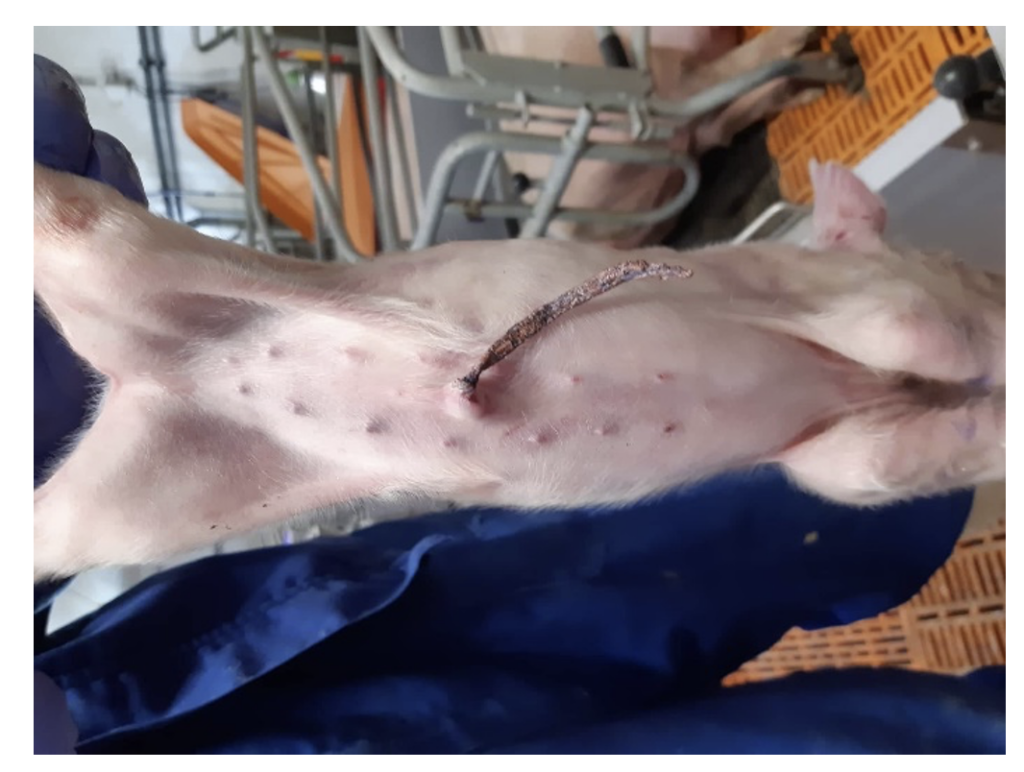THIRD QUARTER OF 2021
I. Global Situation
1. Increase in the price of raw materials
During this 3rd quarter of 2021, the prices of raw materials are rising globally, which has led to:
The use of lower quality raw materials
Consequently, an increase in problems caused by fungi, that is, mycosis and mycotoxicosis, and problems in obtaining an optimal productive performance have been observed.
The most frequent fungi in the Northern hemisphere were Penicillium and Aspergillus, which produce aflatoxins and ochratoxins and cause feed contamination.
Globally, the other two mycotoxins with the highest prevalence were deoxynivalenol, T2 toxin and fumonisins.
The use of alternative raw materials with more affordable prices
These raw materials, in particular cereals and protein sources, contain components that are difficult for animals to digest and require the addition of enzymes to digest carbohydrates, protein and inactivate anti-nutritional factors. Not including the adequate enzymes in animal diets has led to an increase of diseases derived from poor digestion of the diet, such as necrotic enteritis and, consequently, coccidiosis.
Queries regarding the use of alternative protein sources such as peas and rapeseed, as well as palm oil as a source of essential fatty acids have increased.

2. Other queries
Other queries referred to the quality of the raw materials, particularly about the use of feed with high humidity levels (<18%). In these cases, it is necessary to reduce the humidity of the feed so that the preservatives can act and prevent the proliferation of microorganisms and the loss of feed’s nutritional value.
II. Queries by sector
1. Poultry farming
Viral diseases
In the Southern hemisphere, poultry farms have been affected by viral diseases that take advantage of the immunosuppression derived from cold temperatures. Outbreaks of infectious bronchitis (IBV) and adenovirus have also been observed in some regions of Europe and Asia.
Infectious toxic hepatoenteritis
This disease has been reported on farms around the world. There is also a growing concern regarding the control of zoonosis-causing bacteria, such as Salmonella and Campylobacter. In this sense, the questions are related to broilers, layers and breeders with the aim to reduce dirty eggs and eradicate Salmonella in vaccinated birds.
Coccidiosis
Coccidiosis problems have been reported in vaccinated birds, due to the development of resistance of coccidia to traditional control methods based on synthetic and ionophore coccidiostats.
Besides, the use of coccidiostats such as nicarbazin can cause skin pigmentation problems in brown layers, an issue that must be differentiated from other causes that cause liver damage such as capillariasis.
Layers: heat stress and prolapse
Some cases of prolapses have been reported in hens from warm areas, related to feeding birds high levels of fat, which cause excessive fat deposition in the birds, together with a decrease in feed consumption and in the laying rate. Diets should be adjusted seasonally. Digestive and eggshell pigmentation problems have also been observed due to the toxic effects of Capillaria infections.
Heat stress has also been a problem in poultry farms in Russia, Belarus, Ukraine, and the European countries.
Others
The periods of drought in areas near the sea have given rise to diarrhea due to salinization of the wells’ water. In addition, concern about the control of blood-sucking parasites, such as bird lice, which can act as vectors of pathogens, has been reported.

2. Pig farming
African swine fever
African swine fever continues to be a major problem in China, and the control measures for this disease are intensifying in the European Union. Cases have also been reported in low-tech farms in Central America.
Post-weaning diarrhea
In Russia and the European Union, the prevention of post-weaning diarrhea through natural mechanisms approved by the legislation continues to be a topic of great interest among producers. It is proposed to replace colistin and zinc oxide with natural solutions that allow good control of E. coli.
Porcine Nephropathy and Dermatitis Syndrome (PNDS)
The diagnosis of PNDS remains a challenge for pig farms. This disease is vertically transmitted from mothers to piglets and causes immunosuppression that affects, in the early ages, the most caudal organs. As the pig grows, the disease progresses cranially and problems and injuries appear in other organs, such as the digestive, cardiac and respiratory systems, and even the head. As the clinical signs are nonspecific, because they are mainly caused by secondary infections that take advantage of the immunosuppression caused by PNDS, it is difficult to diagnose.
Control of environmental ammonia concentrations
Ammonia is a gas that is produced by the action of certain bacteria that use the protein compounds presented in the digestive content and feces. When the concentration of this gas in the environment exceeds 10 ppm, it begins to cause irritation of the mucous membranes (mainly the respiratory and digestive ones) and discomfort in animals. This situation occurs many times when the densities are very high, the litter management is inadequate or in cold seasons, when the ventilation is reduced to save on heating.

3. Aquaculture
Outbreaks of myonecrosis, a viral disease that affects shrimp, have appeared in some areas of Southeast Asia. It produces high mortalities, both in larvae and juveniles as well as in adults. For its control and prevention, it is important that the immunity of these animals is in an optimal state to face the virus.
Similarly, the search for natural solutions, such as pronutrients, in order to ensure the proper functioning of the immune system during vaccination is also a major concern in the salmon farming sector.
4. Ruminants
In ruminants, it is worth mentioning two recurring problems with a great impact on the sector: mastitis in dairy cattle and aflatoxicosis, which represents risk for public health.